Are you preparing for a Salesforce interview at KPMG or any top consulting firm? Understanding key Admin, Development, and Security concepts is essential to cracking the interview.
In this blog post, we provide detailed answers and explanations to the most commonly asked Salesforce interview questions so you can be well-prepared.
📌 Salesforce Admin Questions – Answer Key
1. What are Organization-Wide Defaults (OWD), and how do they impact data security?
Answer: OWD define the baseline level of access to records for all users in an org. They control whether records are Private, Public Read Only, or Public Read/Write. Higher access can be granted using Role Hierarchy, Sharing Rules, or Manual Sharing.
2. Explain the difference between Profiles and Permission Sets.
Answer:
- Profiles define a user’s base permissions, including object-level access, field-level security, and system permissions.
- Permission Sets are used to grant additional permissions to specific users without modifying their profile.
3. How does Role Hierarchy differ from Sharing Rules?
Answer:
- Role Hierarchy provides vertical access, allowing users higher in the hierarchy to access records owned by users below them.
- Sharing Rules provide lateral access, allowing record sharing across users who don’t share a role relationship.
4. What are the different types of relationships in Salesforce?
Answer:
- Lookup Relationship: A loose relationship between two objects where records remain independent.
- Master-Detail Relationship: A tightly coupled relationship where the child record depends on the parent for ownership and security.
- Junction Object: A custom object that enables many-to-many relationships between two objects.
5. How can you restrict access to specific fields for users?
Answer: Use Field-Level Security in Profiles or Permission Sets to restrict visibility or edit access for specific fields.
6. How do you troubleshoot record access issues for a user?
Answer: Use the Sharing Settings Tool in Salesforce to check the user’s access level. Possible reasons for restricted access include:
- OWD settings
- Role Hierarchy limitations
- Missing Sharing Rules
- Profile or Permission Set restrictions
📌 Salesforce Development Questions – Answer Key
1. What are Governor Limits, and why do they exist?
Answer: Governor Limits control the amount of resources a single transaction can consume in Salesforce’s multi-tenant architecture. Examples include:
- SOQL Query Limits (50,000 records per transaction)
- DML Statement Limits (150 per transaction)
- Heap Size Limits (6MB for synchronous execution)
2. Explain the difference between SOQL and SOSL and when to use each.
Answer:
- SOQL (Salesforce Object Query Language): Retrieves records from a single object or related objects using WHERE conditions. Example:sqlCopyEdit
SELECT Name, Industry FROM Account WHERE Industry = 'Technology' - SOSL (Salesforce Object Search Language): Searches across multiple objects and fields using text-based searches. Example:sqlCopyEdit
FIND {John} IN ALL FIELDS RETURNING Contact(FirstName, LastName)
Use SOQL when querying specific objects and SOSL for broad keyword-based searches.
3. What is Bulkification in Apex, and why is it important?
Answer: Bulkification ensures that Apex code can process multiple records at once, preventing Governor Limit violations. Instead of writing:
for (Account acc : Trigger.new) { update acc; }
Use bulk processing:
List<Account> accList = new List<Account>(Trigger.new); update accList;
4. What is the difference between Before Trigger and After Trigger?
Answer:
- Before Trigger: Executes before a record is committed to the database (used for validation or field updates).
- After Trigger: Executes after a record is saved (used for related object updates).
5. How does Batch Apex work, and when should it be used?
Answer: Batch Apex processes large volumes of records asynchronously by breaking them into smaller chunks.
Use it for:
- Mass data updates
- Scheduled processes
- Complex calculations
Example Batch Apex skeleton:
global class MyBatch implements Database.Batchable {
global Database.QueryLocator start(Database.BatchableContext BC) {
return Database.getQueryLocator('SELECT Id FROM Account');
}
global void execute(Database.BatchableContext BC, List scope) {
// Process records
}
global void finish(Database.BatchableContext BC) {
// Post-processing
}
}📌 Salesforce Security & Integration Questions – Answer Key
1. What are the different ways to restrict data export in Salesforce?
Answer:
- Disable Export Reports permission in Profiles & Permission Sets
- Use Event Monitoring to track data exports
- Restrict access to Data Loader
2. How do you secure API integrations in Salesforce?
Answer: Use Named Credentials, OAuth, and API Token Restrictions to secure integrations.
3. What is OAuth 2.0, and how does it work in Salesforce?
Answer: OAuth 2.0 is an authentication protocol that allows secure access to external systems without sharing passwords. Salesforce uses OAuth for:
- Single Sign-On (SSO)
- Connected Apps
4. How can you track user activity and security events in Salesforce?
Answer: Use Event Monitoring, Login History, and Field Audit Trail to track user actions in Salesforce.
Final Thoughts
Mastering these Salesforce interview questions will give you a solid foundation to succeed in interviews at KPMG and other top firms.
✅ Pro Tip: Be ready for scenario-based questions where you apply these concepts in real-world business situations.
📢 Have you encountered different Salesforce interview questions? Drop them in the comments!
🔗 Follow for more Salesforce career tips and technical insights.
#SalesforceInterview #KPMG #SalesforceCareers #SFDC #Admin #Developer #Security #Integration #SalesforceJobs


